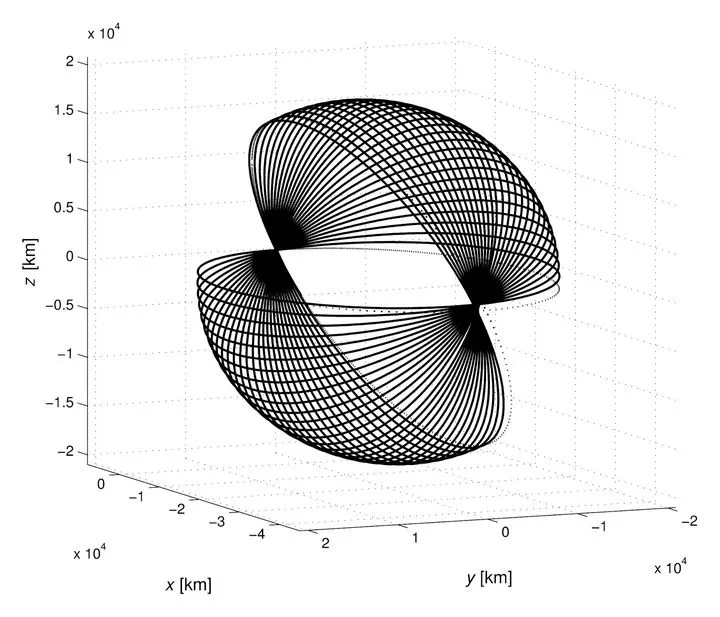Solution of Low-Thrust Lambert Problem with Perturbative Expansions of Equinoctial Elements
 HEO trajectory
HEO trajectoryAbstract
A method for solving the so-called low-thrust Lambert problem is proposed. After formulating it as a two-point boundary value problem, where initial and final positions are provided in terms of equinoctial variables, a first-order perturbative approach is used for investigating the variation of orbital elements generated by the low-thrust propulsion system, which acts as a perturbing parameter with respect to the zero-order Keplerian motion. An implicit algebraic problem is obtained, which allows for the determination of the low-thrust transfer trajectory that drives the equinoctial parameters from the initial to the final values in a prescribed time. Three test cases are presented, which demonstrate the flexibility of the method for different mission scenarios: an interplanetary transfer from Earth to Mars, a spiral multi revolution transfer from low Earth orbit to the International Space Station, and a maneuver to a highly elliptical orbit with large plane change.
Type
Publication
Journal of Guidance, Control, and Dynamics, Vol. 38, Special Issue in Honor of Richard Battin (2015), pp. 1585-1601